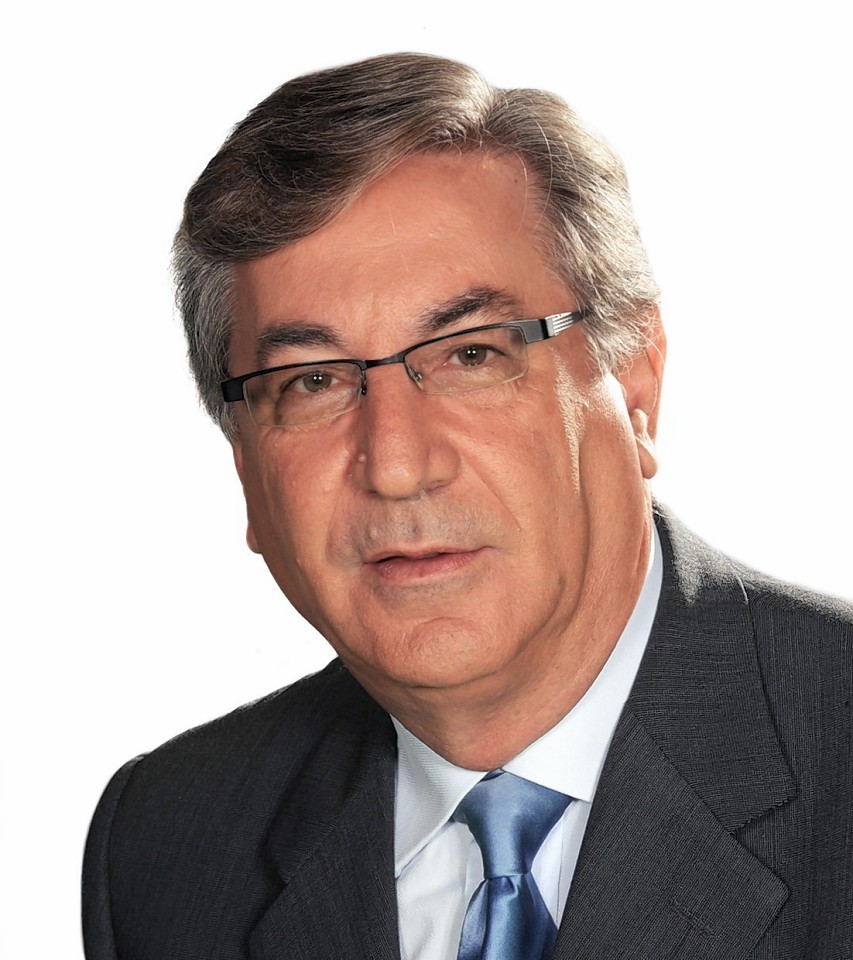EU Fisheries Commissioner Karmenu Vella says Scotland’s fishing industry is well-equipped to cope with its latest challenge
A radical change is taking place in fisheries all over Europe as more skippers are required to land what they catch rather than dump unwanted fish overboard.
Certain Atlantic and North Sea stocks are subject to the landing obligation (discard ban) this year.
This has clear repercussions for the Scottish industry, which is rather well-equipped to cope.
Local authorities and private operators in Scotland have dedicated a lot of work in recent years to avoiding unwanted catches.
Fishermen have quite a record of quayside solutions to address technical issues, as attested by the wide range of innovative gears they developed to avoid catching cod.
This strong foundation will be crucial in facilitating the new landing obligation for some demersal (white-fish) stocks in the Atlantic Ocean and North Sea.
In the transition, fishermen are not left alone to fend for themselves.
The quota allocated to fishermen will be adapted, since the option to dispose of unwanted fish at sea no longer exists.
Because one size does not fit all, the new rules come with exceptions to support implementation of the ban.
De minimis exemptions, allow operators to discard a small percentage of catches in fisheries where increased selectivity is either too difficult or expensive to achieve.
This is the case for nephrop (prawn) fisheries in the North Sea and west of Scotland.
Survivability exemptions allow operators to throw back fish that have a high chance of surviving, for example catches of Norway lobsters (langoustines) from creel fisheries.
We want to empower local actors who know their regions better than anyone else to adapt discard plans according to local specifics.
This will help maintain coherence between different regions and fisheries making the transition to the landing obligation.
Such coordination is already overseen by the UK’s national authorities but there may still be instances where requirements vary from area to area.
Marine Scotland will be notifying to each vessel what its specific landing obligation requirements are and where.
Fishermen can and should develop techniques that work best for their particular circumstances … and this is where their acute technical know-how is essential.
The recently adopted investment package of £230million-plus under the European Maritime and Fisheries Fund for the UK’s maritime, fisheries and aquaculture industry provides a helping hand.
As we ask our fishermen to develop the techniques and new technologies necessary to end discarding, we also make sure they have the financial backing to do so, while keeping the industry competitive.
Change is, of course, not easy and that is why a transition such as this needs to be gradual and to accommodate the necessary flexibility for our fishermen to adapt to the new rules.
This year will be crucial – demersal fisheries being one of the toughest challenges – and decisive in making EU fisheries more sustainable and competitive in the near future.
